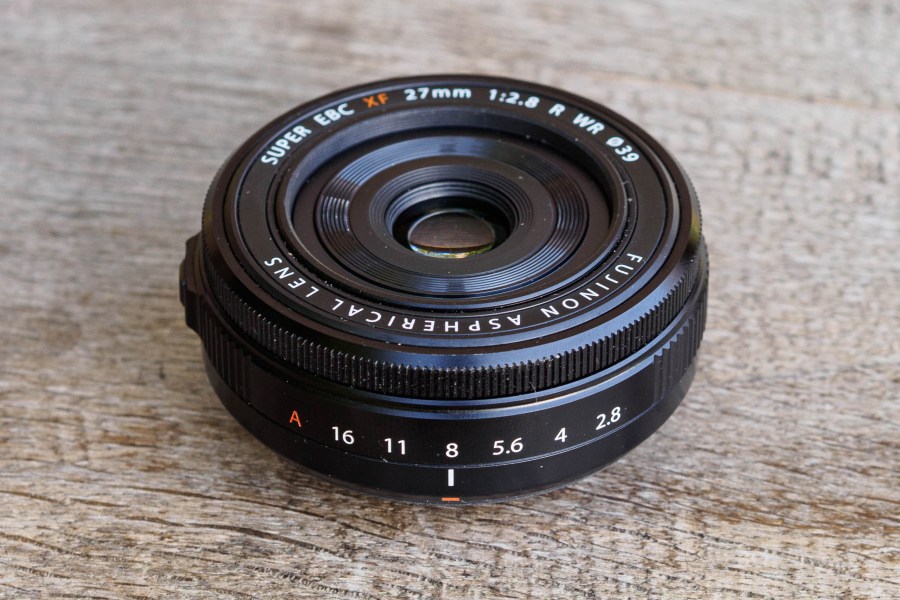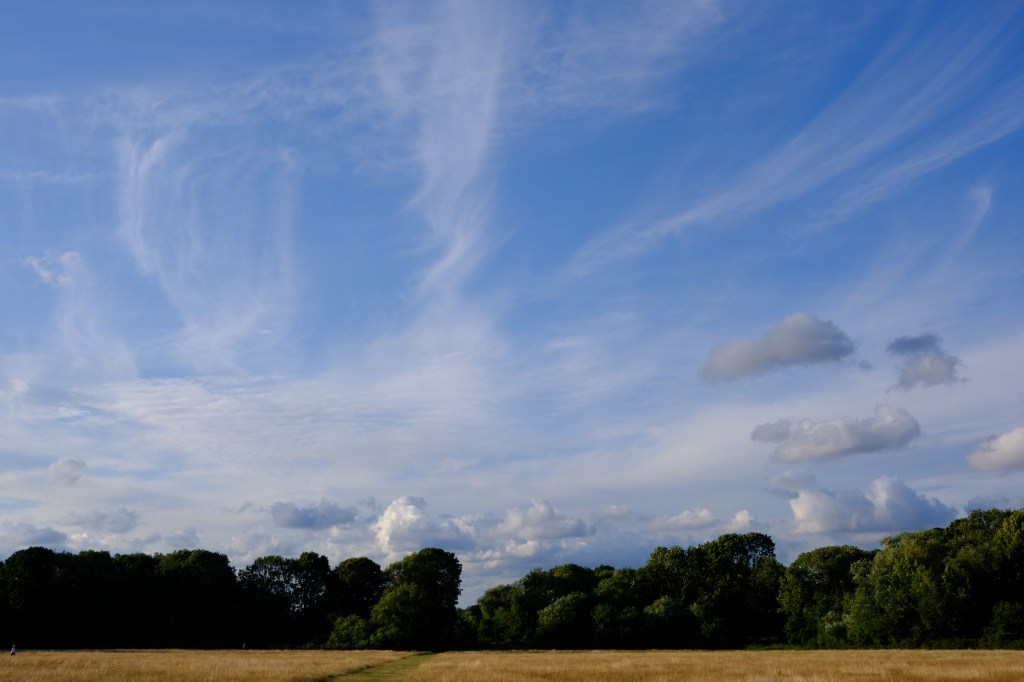When mirrorless systems first appeared, one of the main attractions was always supposed to be smaller cameras and lenses. In practice, though, this hasn’t always panned out, with many lens designs instead getting larger in a search for ever-increasing resolution. Thankfully, though, most systems offer at least one ultra-compact ‘pancake’ lens. The Fujifilm XF 27mm F2.8 R WR is a prime example: at just 23mm long and a mere 84g, it’s by far the smallest in the firm’s line-up for its X-system cameras. But is that compact size enough to make it one of the best Fujifilm lenses?
Fujifilm XF 27mm F2.8 R WR at a glance
- $399 / £399
- 40mm equivalent angle of view
- f/2.8 maximum aperture (f/16 minimum)
- Ultra-compact: 23mm long and 84g
- 39mm filter thread
- Weather-resistant construction
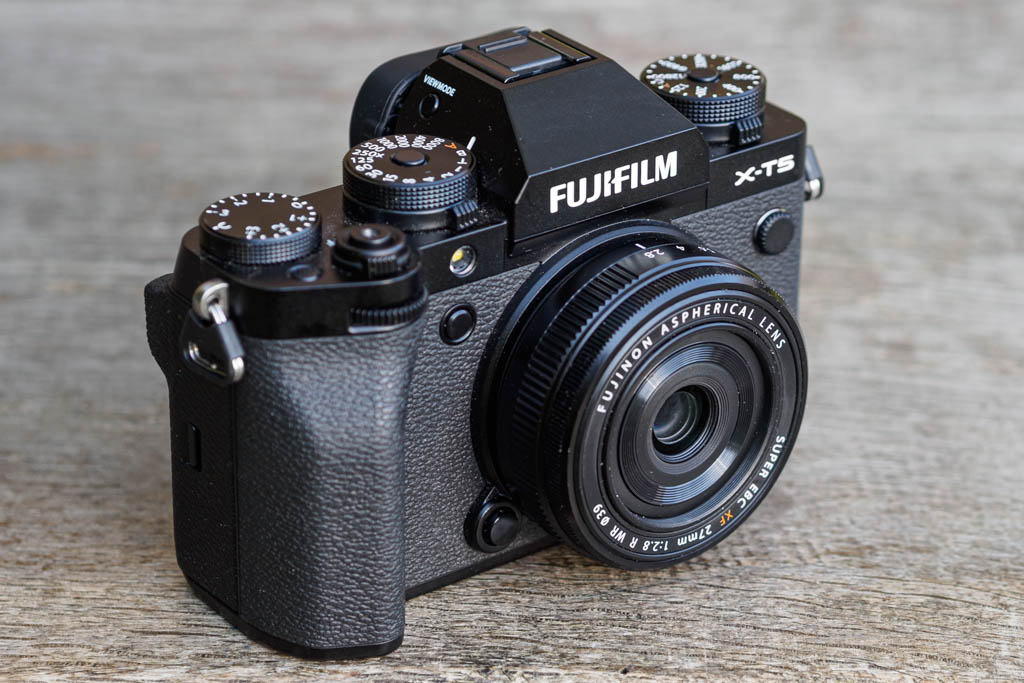
The XF 27mm F2.8 R WR is designed for use on Fujifilm’s X-series cameras. Credit: Andy Westlake
This lens has been around a while now, having been announced in early 2021 to accompany the sadly discontinued Fujifilm X-E4. But it can trace its roots back much further, to the original XF 27mm F2.8 from 2013. That lens never really got much love, especially once Fujifilm started releasing a range of compact, affordable f/2 primes shortly afterwards. However, the revised version that we’re looking at here has gained an aperture ring and weather resistant construction, making it a much more attractive proposition.
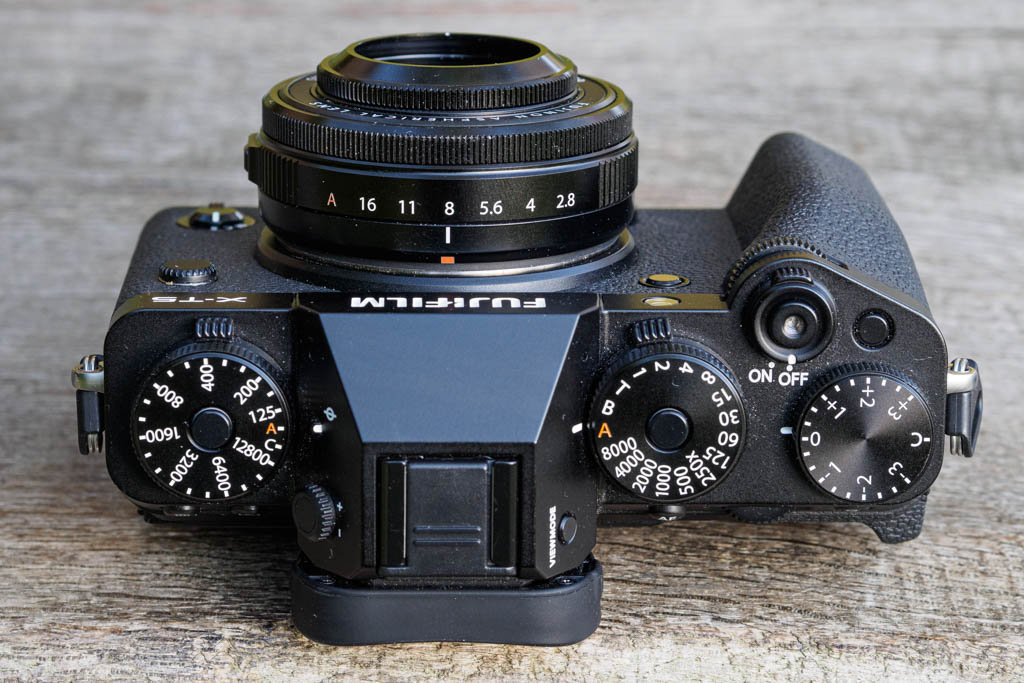
Even with its screw-in hood fitted, the lens adds barely any bulk. Credit: Andy Westlake
At $399 / £399, this lens is similar in price to Fujifilm’s XF 23mm F2 R WR and XF 35mm F2 R WR, which bracket it in terms of focal length. Both offer a stop faster aperture, but in return are double the length and weight. And while 27mm may look like an odd focal length, it’s equivalent to 40mm in full-frame terms, which many photographers appreciate for the way it imparts a very natural perspective to images. This makes it a good choice for everyday shooting of all kinds of subjects. But how does the lens measure up in real-world use?
Fujifilm XF 27mm F2.8 R WR: Features
Despite the lens’s compact dimensions, Fujifilm has managed to employ an optical formula containing 7 elements in 5 groups, including one aspheric element to suppress aberrations. The layout is highly asymmetric, with five relatively small elements at the front moving back and forth as a unit for focusing, while two much larger elements at the rear remain fixed.
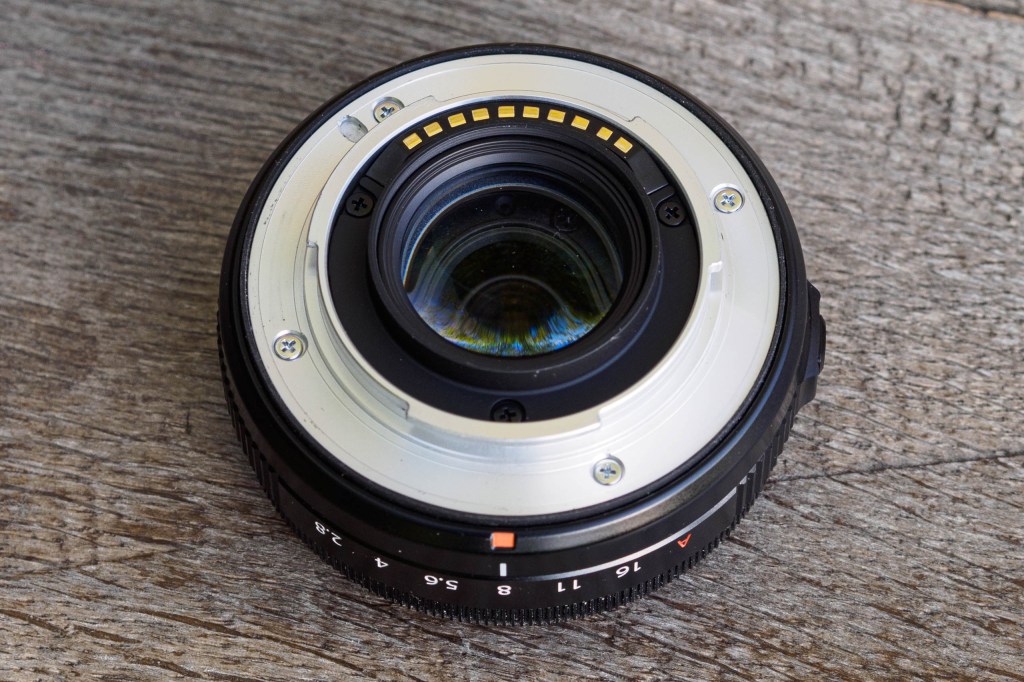
The lens has a metal mount, which is surrounded by a rubber seal to maintain weather resistance. Credit: Andy Westlake
A 7-bladed aperture provides settings down to f/16 and employs curved blades in a bid to deliver attractive blur. Filter users are catered for via a 39mm thread and, as previously mentioned, the lens boasts weather resistant construction.
The minimum focus distance is 34cm, which provides a somewhat modest 0.1x maximum magnification. Those who’d like a standard lens that can double up for close-ups would be better served by the Fuijfilm XF 30mm F2.8 R LM WR Macro, although it’s very much larger and costs half as much again.
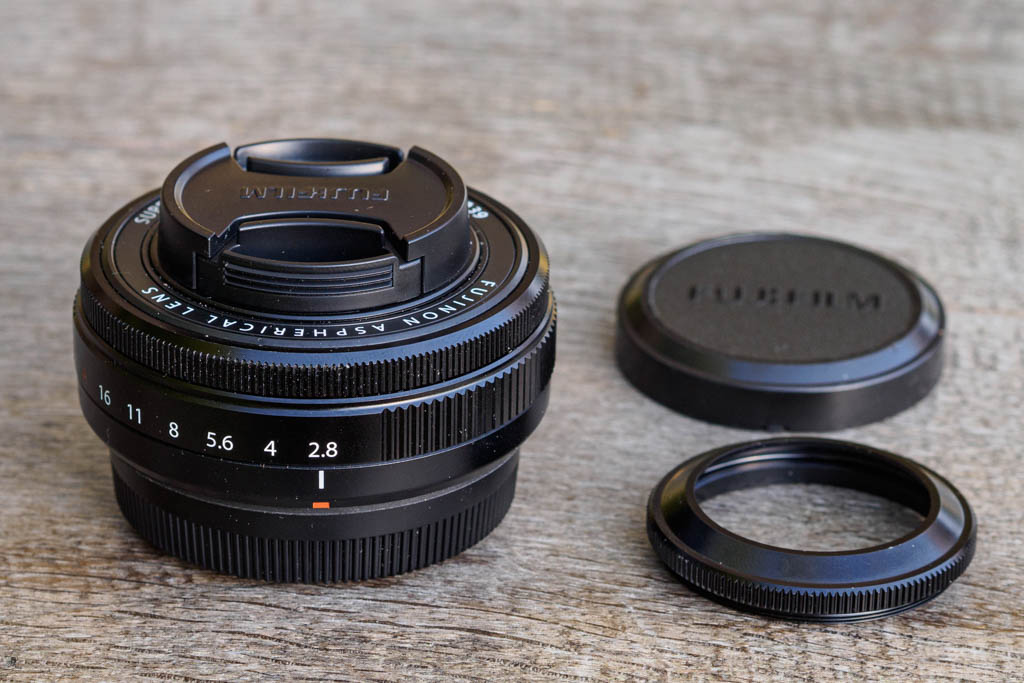
Fujifilm XF 27mm F2.8 R WR packed up with front and rear caps, plus the screw-in hood and its push-on cap. Credit: Andy Westlake
One slightly unusual feature is the screw-in conical hood that tapers inwards at the front, which in principle maximises its effectiveness while keeping it as small as possible. As the standard front cap won’t fit onto the hood, it comes with its own push-on cap. The combination ends up barely any thicker than the rather chunky clip-on cap, which I ended up leaving at home.
Fujifilm XF 27mm F2.8 R WR: Build and Handling
Despite its light weight, the XF 27mm F2.8 R WR feels anything but cheaply made. The mount is made of metal, while the controls operate with satisfying precision. I used it on the SLR-shaped Fujifilm X-T5, on which it provides a very portable combination that will slip nicely into a small bag, or even a large coat/jacket pocket. Indeed, the lens is so small and light that I barely noticed it was there.

Despite its tiny dimensions, the lens handles nicely on the camera, thanks to its built-in aperture ring. Credit: Andy Westlake
Fujifilm has managed the impressive feat of fitting two control rings onto the slimline barrel, with the manual focus ring at the front and an aperture ring immediately behind. As usual, the manual focus ring operates electronically, with no hard stops to its travel. However, it’s very smooth and well damped, which enables precise manual focusing.
The aperture ring clicks in one-third stop increments down to f/16. Beyond this, an A setting passes control over to the camera, enabling use of the shutter priority and program modes. In this position, the aperture ring locks, and you have to press a small unlock button to release it.
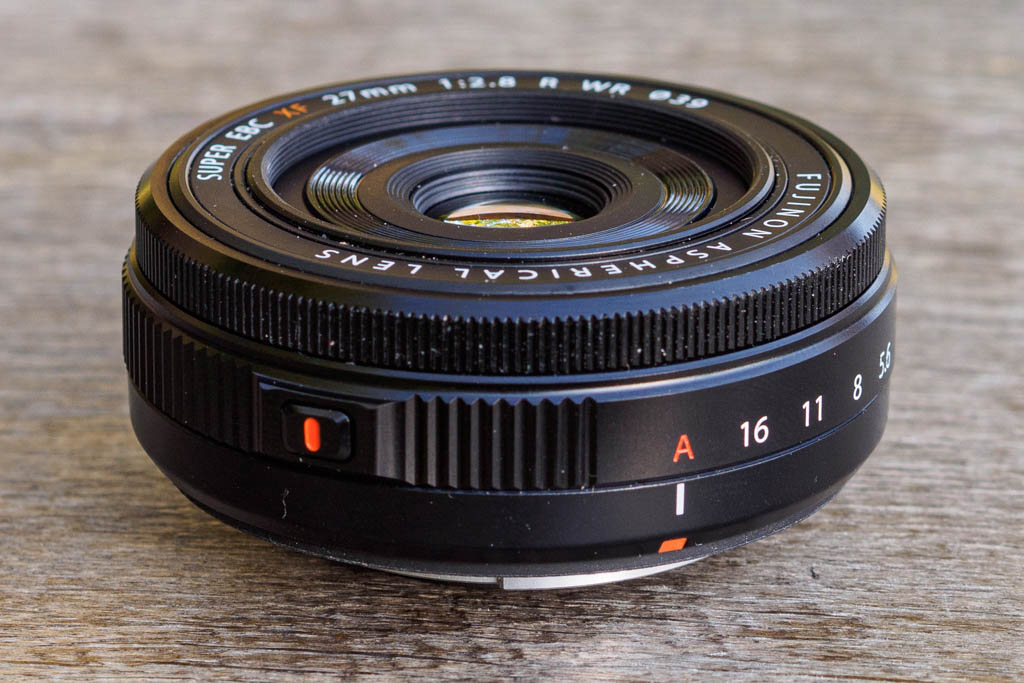
The aperture ring locks into the A position, and you have to press a small button to release it. Credit: Andy Westlake
Unlike more recent Fujifilm lenses, though, the same mechanism doesn’t prevent you from accidentally switching from f/16 to A. I thought this would annoy me, but in practice I didn’t find it to be a problem, as I very rarely stop down as far as f/16 on APS-C anyway.
With the two control rings covering most of the barrel, there’s not much to hold onto when switching the lens one and off the camera. So you have to train yourself to grab the fixed section with your fingertips, as otherwise you’ll find yourself spinning the aperture ring to one extreme or the other. It’s a shame Fujifilm hasn’t machined grips onto the sides for easier handling.
Fujifilm XF 27mm F2.8 R WR: Autofocus
One of the compromises often associated with ultra-thin pancake primes is autofocus, and that turns out to be the case here. There’s not enough space for an internal focus system, so the inner section of the barrel racks back and forth by about 5mm for focusing. Unsurprisingly, this isn’t as fast or responsive as lenses that focus internally using a lightweight element or group. So if you often photograph erratically moving subjects, one of its f/2 siblings would be a better choice.

Here I used C-AF to follow the train, coupled with a small aperture for depth of field. Credit: Andy Westlake
Click on any sample image to see a full-resolution version
That focus mechanism is also just a little noisy – not enough to be obtrusive to bystanders when you’re taking photos, but video shooters will find that annoying scratchy noises can be clearly audible on their soundtracks. Combine this with pronounced focus breathing, with the angle of view narrowing appreciably at closer distances, and this just isn’t a great lens for video (or at least, not if you like to refocus while recording).

Focus accuracy is consistently spot-on with static subjects. Credit: Andy Westlake
If all you’re doing, though, is photographing static or slowly moving subjects, the autofocus works absolutely fine, giving consistently sharp images. With faster action you may need to bring other techniques into play, such as pre-focusing and shooting bursts, or selecting a small aperture and using depth of field to cover for any focus inaccuracy. To be honest, though, you’d probably be better off just switching to a different lens.
Fujifilm XF 27mm F2.8 R WR: Performance
Optically, the Fujifilm XF 27mm F2.8 R WR turns out to be a decent performer. It’s not a lens that’s going to look perfect in test chart or brick wall testing, but in part this is due to curvature of field, with the corners of the image coming into sharp focus at a slightly different distance to the centre. However if, like most photographers, you tend to deal mainly with the messily three-dimensional real world, chances are you’ll lose much more sharpness to shallow depth-of-field than to optical aberrations.

The lens is sharp in the centre at f/2.8, but detail in the edges and corners is a little blurred. Credit: Andy Westlake
Shot wide open at f/2.8 on the X-T5’s demanding 40MP sensor, the lens is capable of resolving plenty of detail in the centre of the frame, even when examining your images close-up onscreen. Towards the edges and corners, though, any in-focus elements won’t look anywhere near as crisp. But they sharpen up dramatically as you stop down, with excellent results being obtained right across the frame by f/5.6.

At f/11, diffraction blurs the image slightly, but this is often an acceptable trade-off for extended depth of field. Credit: Andy Westlake
Beyond this, diffraction starts to blur the image, but even so, I wouldn’t hesitate to use f/11 as a matter of course. However, I’d only resort to f/16 if I really needed as much front-to-back sharpness as possible.
Like most mirrorless lenses, other aberrations are suppressed in software, either in-camera or during raw processing. As a result, I didn’t see any problematic colour fringing due to chromatic aberration. Uncorrected images do display a little barrel distortion, but you’ll have to go out of your way to see it. Likewise, some corner darkening can be visible with evenly toned scenes at f/2.8, but this is normally suppressed in the camera’s JPEG output, and it goes away on stopping down to f/4.

Sharpness remains good at close distances, with a smooth transition to out-of-focus regions. Credit: Andy Westlake
This isn’t necessarily the best lens to use if you’re after smoothly blurred backgrounds, though. That f/2.8 aperture isn’t especially large, so you don’t get a huge degree of blur in the first place, and what you do get isn’t notably attractive. To its credit, the lens delivers nice smooth transitions to out-of-focus regions when shooting close-ups.
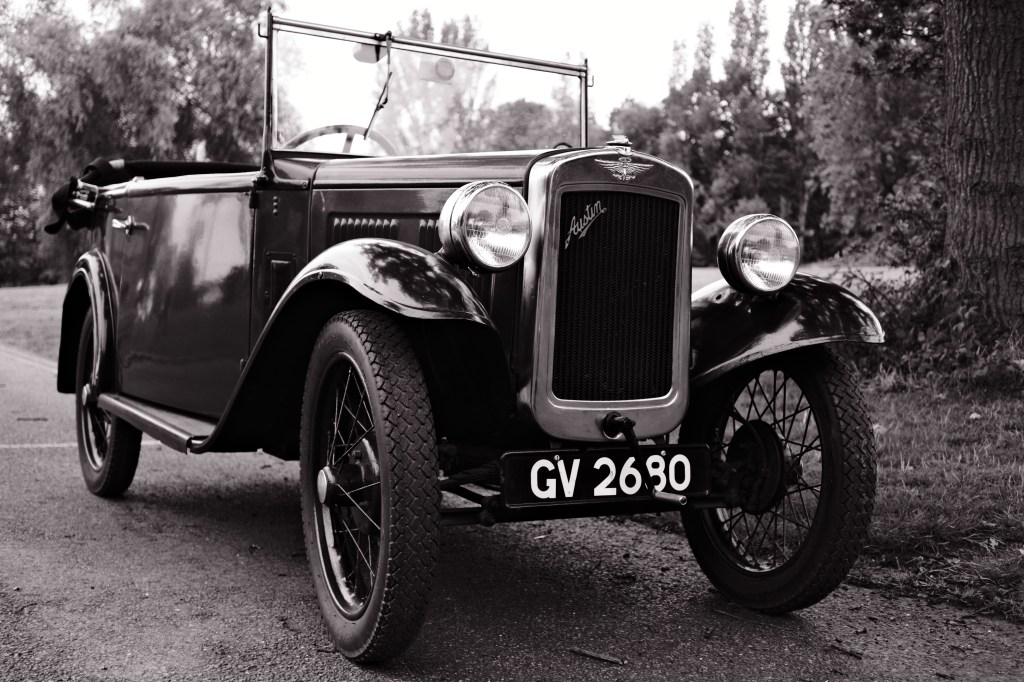
In this shot of a lovely vintage Austin 7, there’s only a little background blur, and it’s also a bit messy. Credit: Andy Westlake
However, more distant backgrounds tend to look a bit messy, with a pronounced ‘cat eye’ effect towards the corners. So if bokeh is important to you, it would be better to choose a larger-aperture lens.
Fujifilm XF 27mm F2.8 R WR: Our Verdict
Unlike their culinary counterparts, pancake lenses tend to polarise opinion, with some photographers loving them and others unable to see the point. Their main attraction isn’t a large aperture or premium optics, but instead, the way they provide a portable and unobtrusive combination with your camera. Naturally, the focal length is key: it’s got to be one that you’d happily choose for everyday use.
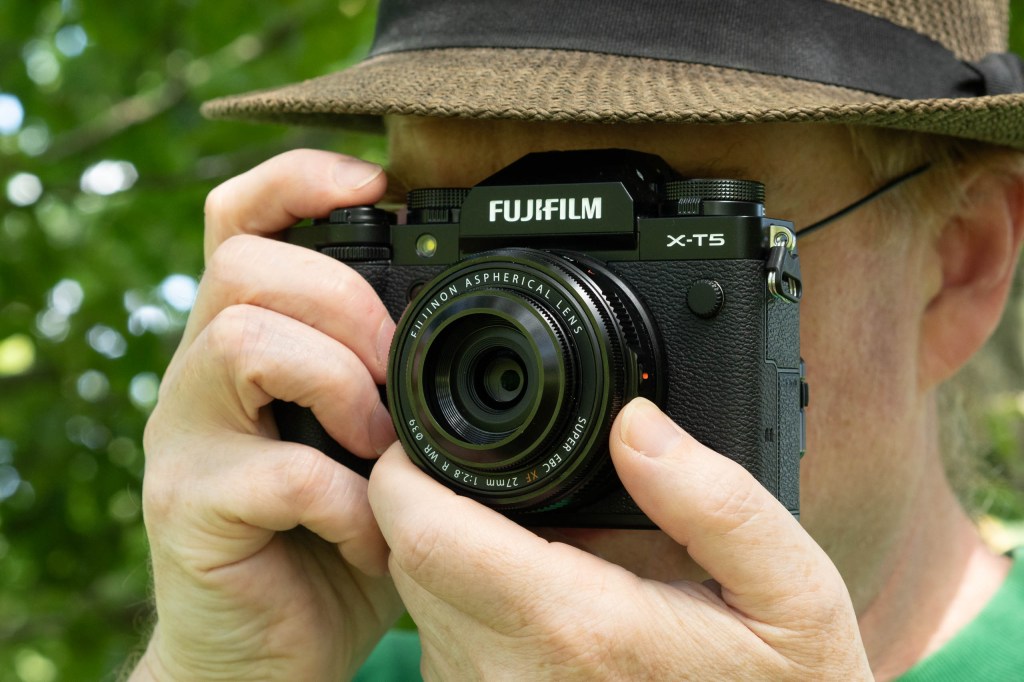
The Fujifilm XF 27mm F2.8 R WR is a fine and unobtrusive lens for everyday shooting. Credit: Andy Westlake
As far as I’m concerned, the Fujifilm XF 27mm F2.8 R WR strikes a very attractive balance. It’s tiny and lightweight, yet manages to include the aperture ring that so many Fujifilm users value. Crucially, that 40mm equivalent view gives very natural-looking images, which makes it a fine choice for a wide range of shooting scenarios. It’s also great in situations where larger lenses might upset your subjects, such as street photography or candid shots of friends and family.
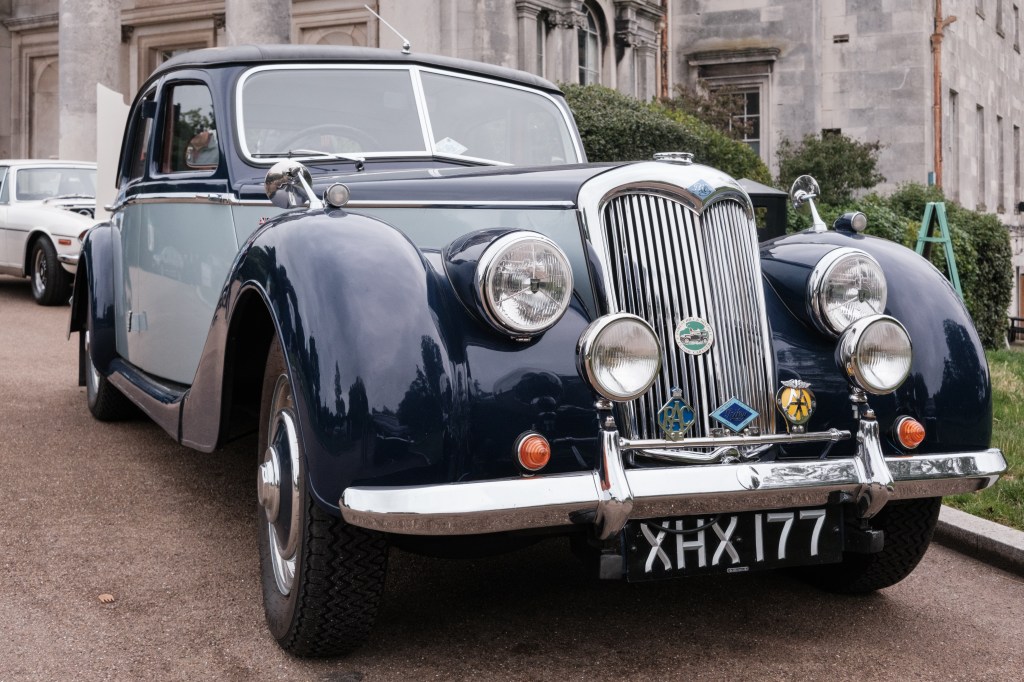
The 40mm equivalent focal length gives a natural look to images, with no exaggerated perspective effects. Credit: Andy Westlake
Naturally the lens has its flaws in return, particularly with regards to autofocus. But I can easily live with them in exchange for its very real charms. It won’t replace a standard zoom or a fast prime, but it’ll complement them very nicely.

Follow AP on Facebook, Twitter, Instagram, and YouTube.
Fujifilm XF 27mm F2.8 R WR: Full Specifications
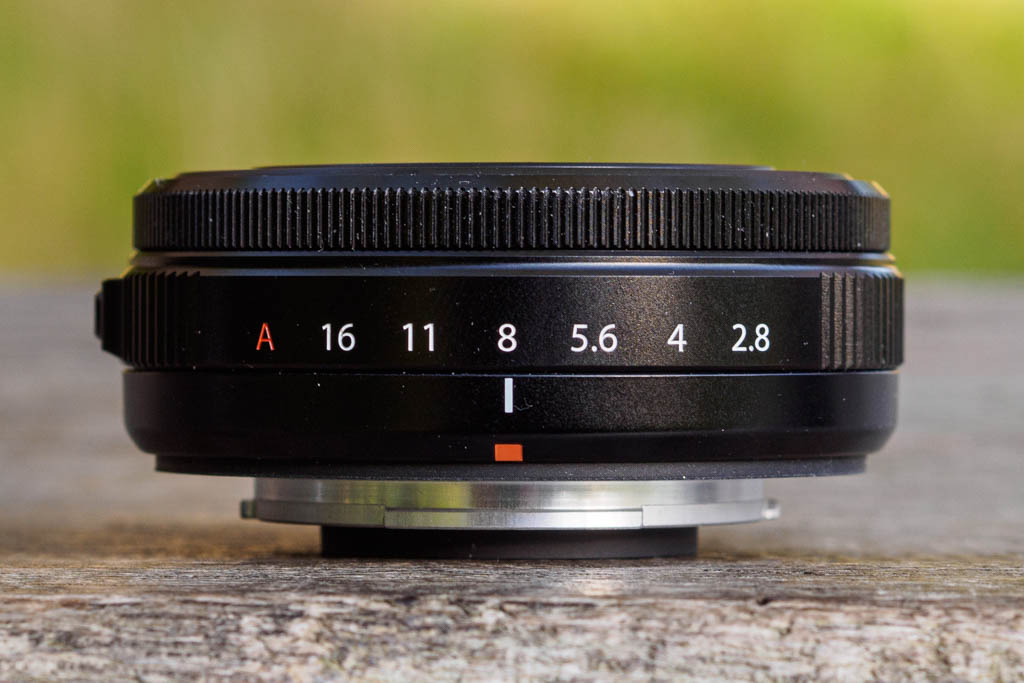
Fujifilm XF 27mm F2.8 R WR top view. Credit: Andy Westlake

